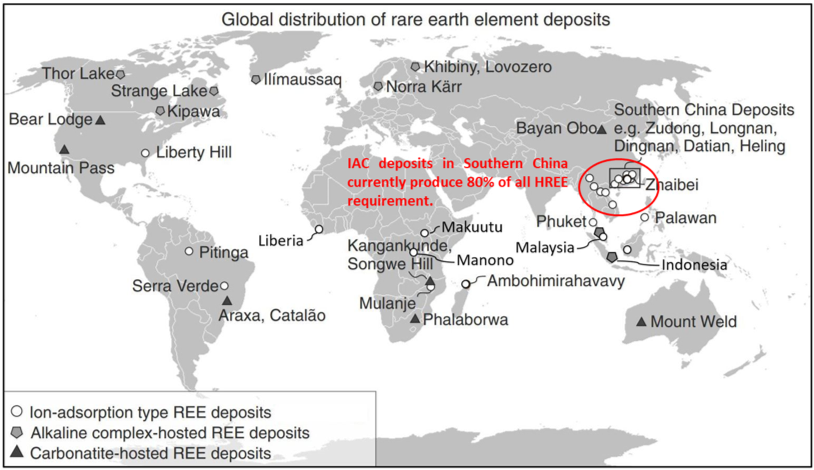HEAVY RARE EARTH ELEMENTS
Heavy Rare Earth Elements (HREE) are an essential part of many high-tech devices.
The HREE are a set of seventeen metallic elements. These include the fifteen lanthanides on the periodic table plus scandium and yttrium.
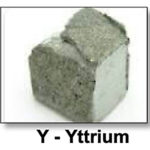
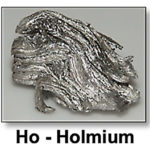
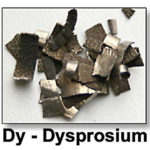
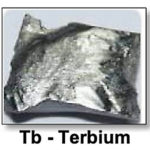
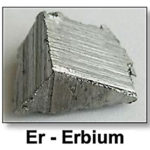
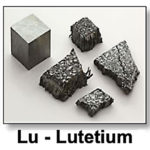
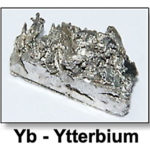
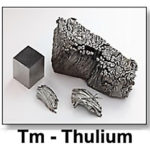
HREE are necessary components of hundreds of consumer products across a wide range of applications, especially high-tech consumer products, such as cellular telephones, computer hard drives, electric and hybrid vehicles, and flat-screen monitors and televisions.
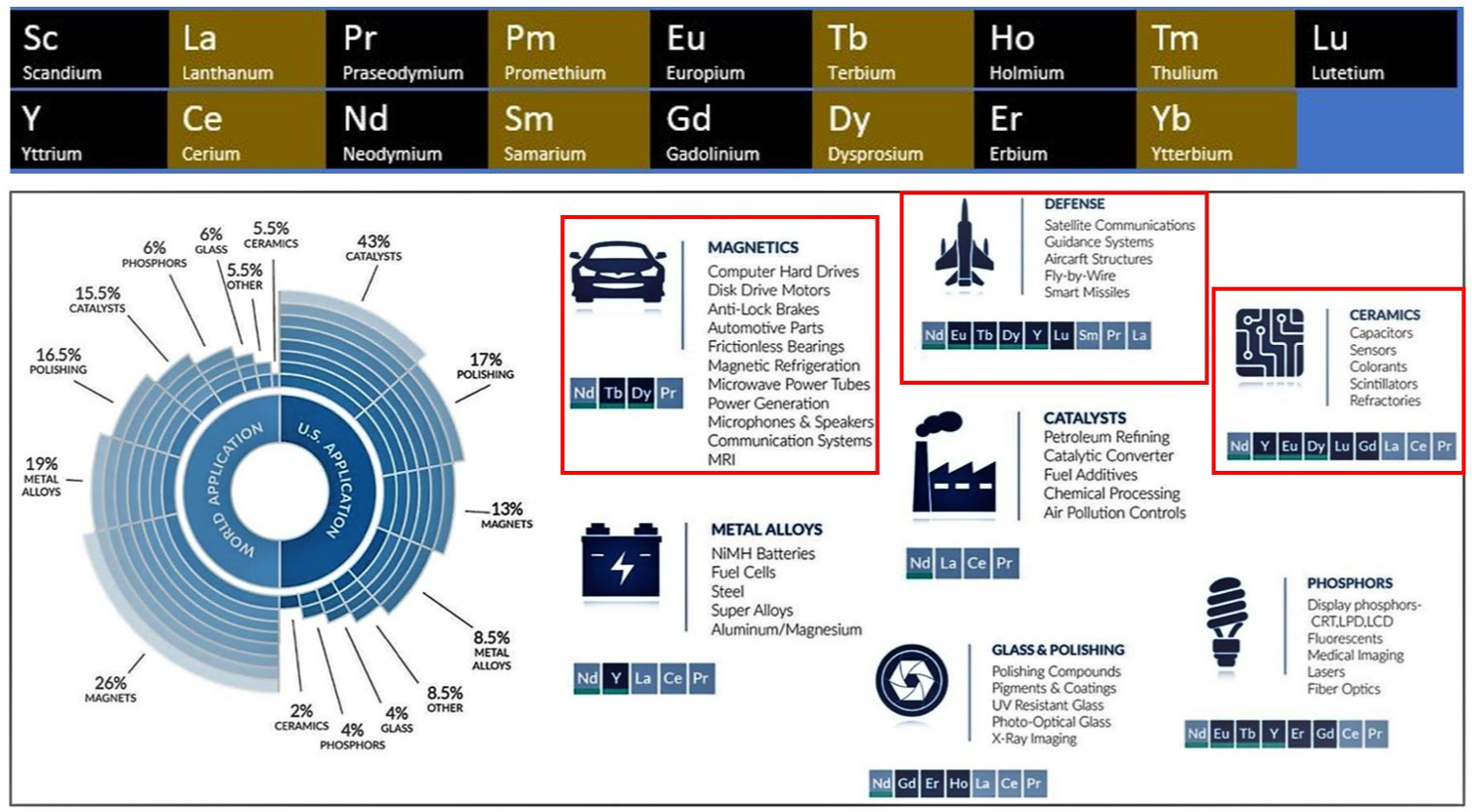





\
Significant defense applications include electronic displays, guidance systems, lasers, and radar and sonar systems. Although the amount of HREE used in a product may not be a significant part of that product by weight, value, or volume, the HREE can be necessary for the device to function. For example, magnets made of HREE often represent only a small fraction of the total weight, but without them, the spindle motors and voice coils of desktops and laptops would not be possible.
In 1993, 38 percent of world production of HREE's was in China, 33 percent was in the United States, 12 percent was in Australia, and five percent each was in Malaysia and India. Several other countries, including Brazil, Canada, South Africa, Sri Lanka, and Thailand, made up the remainder.
However, in 2008, China accounted for more than 90 percent of world production of HREE's, and by 2011, China accounted for 97 percent of world production. Beginning in 1990 and beyond, supplies of HREE's became an issue as the Government of China began to change the amount of the HREE's that it allows to be produced and exported. The Chinese Government also began to limit the number of Chinese and Sino-foreign joint-venture companies that could export HREE's from China.
And now, serious supply chain concerns have arisen with HREE's, because China has a stranglehold on global supply. This is of particular concern due to the need for HREE's by the military. The typical F-35 fighter contains nearly 1,000 pounds of rare earths. Reliance on China jeopardizes U.S. national security, and growing demand has EV makers on edge.
HREE Production Examples
Critical guidance and control mechanisms of U.S. built kinetic weapons incorporate permanent magnets to enable them to meet their target. Adding HREE (Tb, Dy) increases the demagnetization temperature limit of permanent magnets by 400%
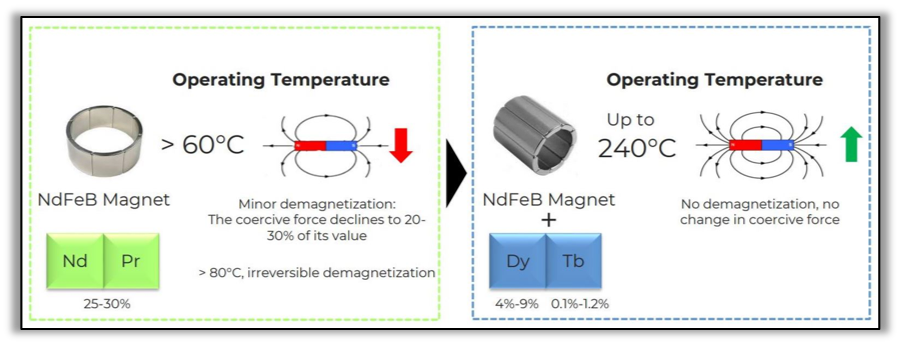
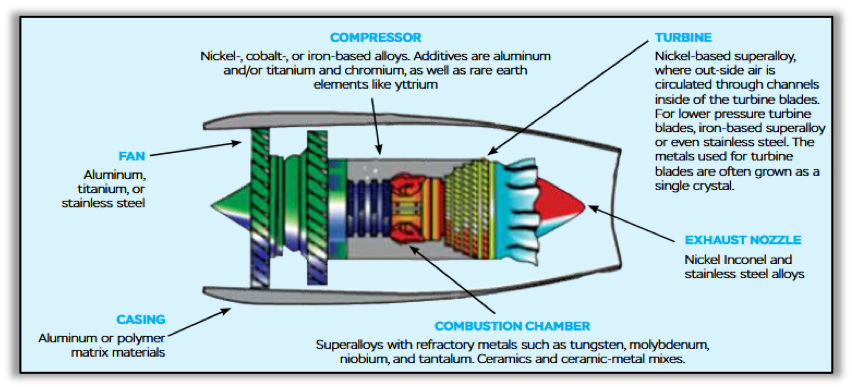
Performance requirements for F-22A Raptor and F-35 Joint Strike Fighter (JSF) engines are extremely stringent given their extreme heat operational environment.
Improve the heat resistant by adding HREE Dysprosium (Dy), Terbium (Tb) and Gadolinium (Gd) to a turbine engine for induction heating and cooling.
